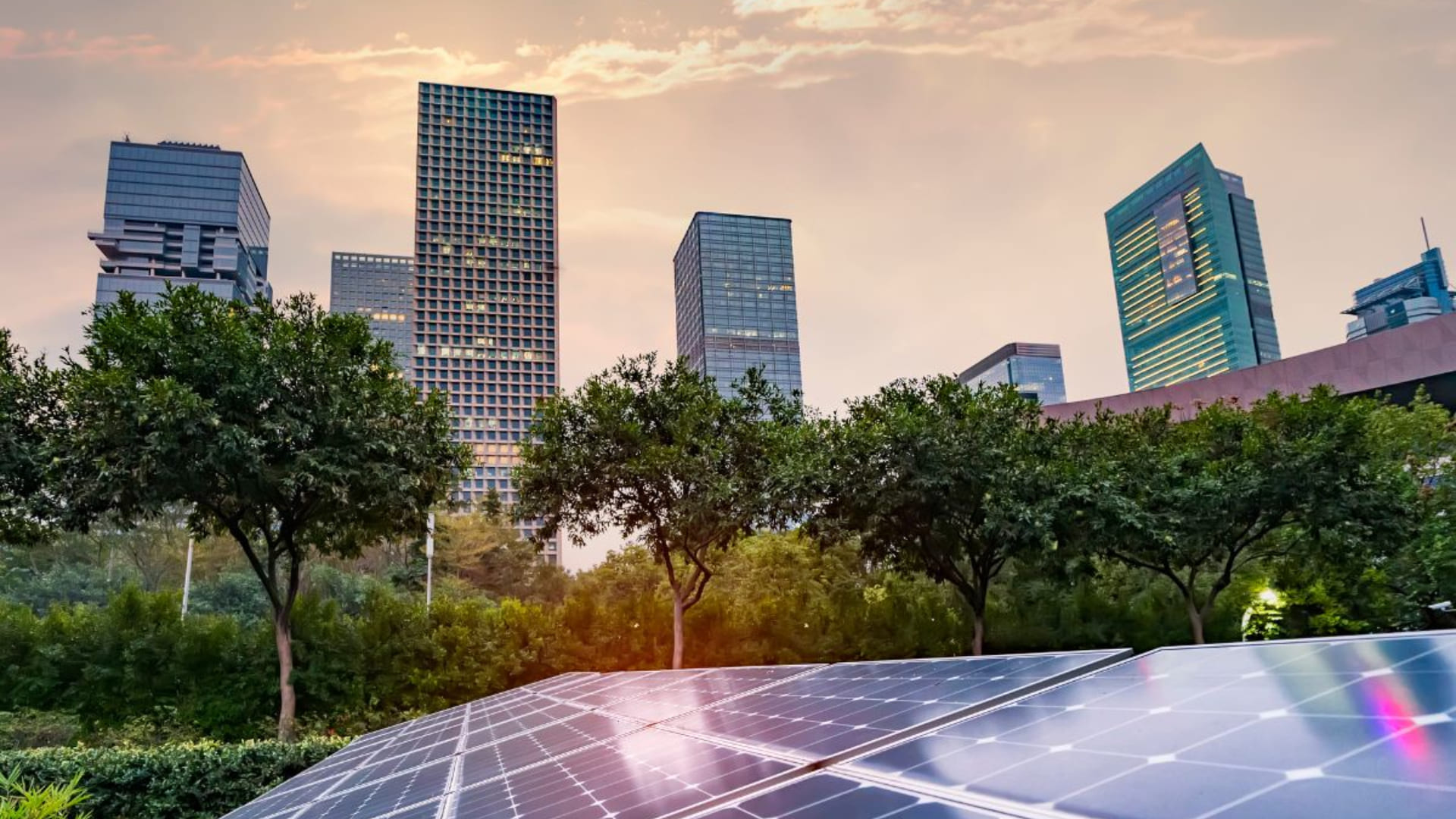
Today, the topic of energy savings and environmental respect is certainly widespread. For this reason, the concept of sustainable cities, which takes into account these very important themes, is becoming more and more common.
UN Programs
Looking at programs outlined by the UN, such as the 2030 Agenda created in 2015, we can see that one of the main objectives is to reduce pollution and greenhouse gas emissions worldwide. Specifically, Objective No. 11 of the 2030 Agenda speaks about “Making cities and human settlements inclusive, safe, resilient, and sustainable.”
What are Sustainable Cities?
It is possible to define a sustainable (or eco-sustainable) city, but opinions on the exact definition may vary. We could describe it as a city with a new organization of the urban center, which pays particular attention to the role of transportation, reducing consumption, waste, and emissions, and aims to create new green spaces, workspaces, and the reorganization of offices. From this definition, we can already identify some characteristics of the ideal sustainable city, which we will explain below.
Green in Sustainable Cities
Nature and biodiversity within a sustainable city must be protected and enhanced. For this reason, the creation of new green spaces should be encouraged, with the planting of trees, especially in urban centers, to ensure a new balance related to the presence of CO2. Additionally, urban rooftops could be used to grow plants, flowers, and city gardens.
Mobility
The massive presence of cars and vehicles on the streets represents a major cause of air and noise pollution and increases road safety risks. Moving towards green mobility, with the creation of bike lanes, electric buses and taxis, and services like bike and car sharing, would reduce the need for cars in the city and encourage more agile and environmentally-friendly transportation.
Free Wi-Fi
A public and free Wi-Fi network would allow citizens to carry out many daily activities, such as reading the news, sending emails, or checking transportation schedules, thus transforming daily habits. The growth of coworking spaces that accommodate freelancers and remote workers would also contribute to this idea, ensuring connectivity and integration through free access to the internet.
Smart Bureaucracy
Shifting bureaucratic procedures entirely to digital platforms would reduce paper waste and the associated environmental impact. The development of dedicated apps could streamline public office processes, shortening waiting times, improving citizen satisfaction, and preventing administrative bottlenecks.
Energy Efficiency
The use of resources like water and electricity should be minimized. For this reason, new building constructions (when necessary) and the renovation of existing buildings should focus on improving energy efficiency. Energy production could increase by installing solar panels on rooftops or other structures, such as bus shelters or streetlights.
Heating
Reducing pollution in cities also involves regulating the use of heating systems in buildings. Innovative technological solutions are needed to improve the efficiency of homes, ensuring compliance with heat metering requirements in condominiums and regular maintenance of boilers. Hybrid heating systems, which combine different energy sources and technologies, represent an innovative solution to provide hot water and heating in an effective and sustainable manner, reducing waste and environmental impact.
Land Consumption
Many cities have so-called “ghost neighborhoods,” which consist of second homes or unfinished buildings. In these cases, the solution could lie in regenerative urban planning, which utilizes existing infrastructure, revitalizes unused neighborhoods and buildings, and limits land consumption for new constructions.
Sustainable Cities: The Role of Citizens
A sustainable city must, by definition, also involve the role of its citizens. Empowering and involving citizens in the idea of sustainability leads to results such as reducing the use of private transportation, improving recycling and waste reuse processes, cutting down on water and electricity consumption, and supporting the concept of energy savings and renewable energy sources. This represents a shift in habits, often radical and complex, that requires new values and ethical principles to make their daily lives eco-friendly.